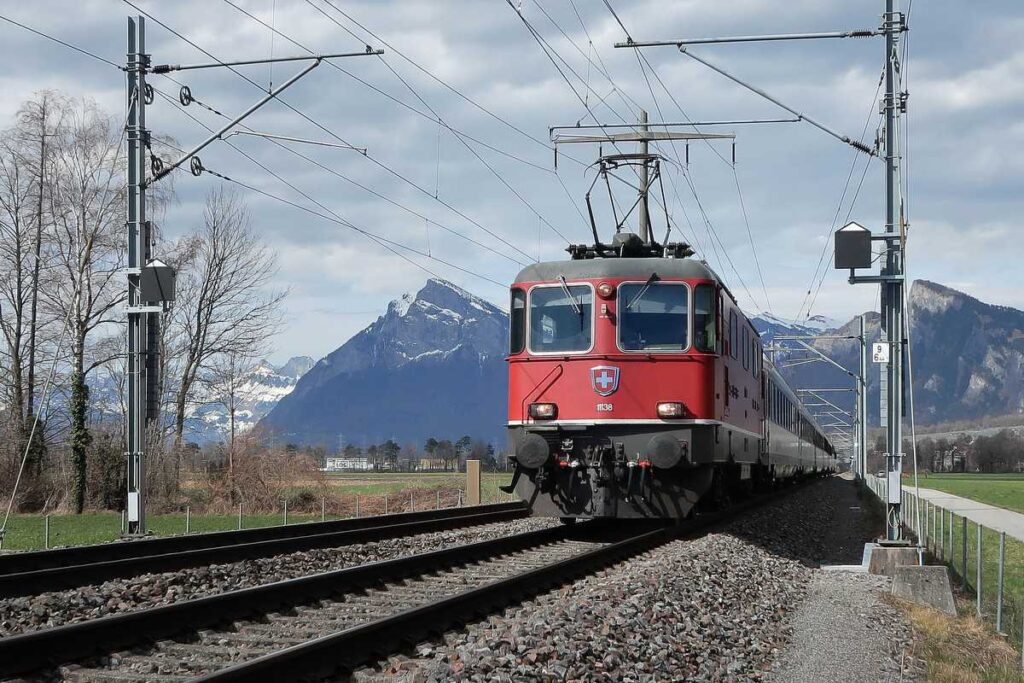
Electric Freight
After plenty of waiting and anticipation, Electric Freight semi-trucks are finally cresting the horizon and are set to revolutionize freight distribution and delivery across the country. Many big promises have been made, but will these trucks deliver? The potential for electric haulage is huge, with big businesses finally getting access to the level of fuel savings that consumers have been enjoying for a decade. More than just Tesla, there are many emerging zero-emission trucks that will be taking to the roads in the next few years. Haulage is about to join the digital revolution.
The Tesla Trucks Are Almost Here
The biggest name in electric vehicles caused a big splash in the trucking industry when it announced its plans to develop a 400-mile range electric rig. Consumers are used to big promises from Tesla, and trucking companies took the news with a pinch of salt. Announcing intentions is one thing, but truckers know that nothing matters more than delivering on your promises in a timely fashion.
The wait is now finally over. Initial testing with Pepsi/Frito-Lay has been a success, with the company reporting that its small fleet of prototype Tesla trucks has been delivering on expectations. Their battery-powered freighters have been hauling sodas on 100-mile trips to wholesalers and grocery stores without any issues. Frito-Lay chips have been taken on longer journeys, possibly due to initial concerns about hauling weight over distance. They have been regularly crossing the 350-mile mark on their journeys, and more importantly, charging back up while they make their drop.
This fact underscores the importance of electric infrastructure. Trucking companies and independent truckers will find it hard to ignore the potential of charging over fueling, but without access to the huge volumes of kilowatts needed to get rolling again after a long run, it won’t matter. Gas and diesel still have this edge over electric trucks, which is one of the reasons they suit big businesses like Pepsi better. They have control over pickups and drop-offs in many cases, and the power to encourage clients to integrate charging facilities into loading bays. At least in the short term, electric trucks are a better solution for the big boys, especially when you look at the energy and cost savings at scale.
Credit Where It Is Due
The federal and local governments have seen the developments in zero-emission trucking and see them as a way to help achieve emissions targets. Both national and state-level governments are considering implementing tax credits for businesses that purchase electric semi-trucks, just like electric vehicles for consumers do. The numbers vary wildly across states, but on a national level, a tax incentive of $40,000 is being mooted, which will make zero-emission trucks a no-brainer for many businesses. State governments in Arizona, Texas, and Kansas have also indicated intentions to introduce a local tax incentive in their states. These are three big haulage states, with many truckers and truck companies calling them home.
It is worth looking for Class B CDL driver jobs in Kansas City now if you want to get on board the electric revolution in the near future. With the right qualification, you can drive fossil-fueled or electric trucks, and businesses across the world will soon start making the switch to EVs. Get qualified and start driving now, and you could be behind the wheel of an electric truck in just a couple of years.
The fuel and maintenance savings already present an attractive financial opportunity for businesses with only a few semis in their fleet. For bigger businesses with dozens of vehicles, they could potentially save hundreds of thousands on the cost of switching to electric trucks and reap huge savings on fuel. Pairing these new vehicles with powerful tax incentives will help the investment needed pay for itself in just a few years, or less.
This could be added to state tax incentives that could bring the effective price of battery-electric semi-trucks under six figures. With that kind of money on the table, any business that operates a truck will be making the switch and putting money in their pocket in year one of ownership. The infrastructure electric semis will need is another sticking point.
Their huge batteries require a lot of power to fill them, and this needs to be dispensed quickly and safely if trucks are going to stick to their schedules. In some congressional corridors, incentives for infrastructure are already being discussed, but access is an issue for legislators. If the government is going to invest in semi-truck charging infrastructure, they want it to be accessible to all, but businesses want charging infrastructure on lockdown and only used to power their vehicles. This is impractical in spaces that receive deliveries from a range of suppliers and trucking firms, like grocery stores and manufacturing centers.
It’s Not All a Hardware Upgrade
Electric vehicles have become well-known for the technology inside them that changes the driving experience. When it comes to in-cabin entertainment and creature comforts, electric semis will have the edge over even the most modern diesel haulers, but these are not the only technological advantages that they offer. Safety is improved massively, with electric semis utilizing camera tech, radar, and intelligent blind spot monitoring to make the roads safer for trucks and trucks safer for the roads.
Navigational technology has been around for decades in trucking, the over-the-air capabilities of electric trucks mean routes can be managed instantaneously from a central base or headquarters. Up-to-date traffic information can help reroute automatically, and managers can give drivers new destinations or directions on the fly to cover delays in delivery or achieve more miles per charge.
Self-driving software can also be used. Though full self-driving is still a fair distance away in the future, driver assistance technology can both support drivers and protect them. Lane-keeping technology can help prevent accidents and intelligent speed monitoring can assist drivers in achieving their delivery targets, getting more miles per watt of energy, while helping them avoid serious accidents like chain reaction crashes.
The future looks bright for trucking – positively electric in fact! The tax incentives, maintenance costs, and energy-saving features of electric semis make them a no-brainer for many businesses. Are you going to make the switch and turn your fleet of semis into the electric freighters of the future?





